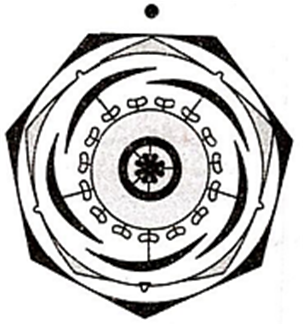 Multiple Choice Questions
Multiple Choice QuestionsA plant with bulb, trimerous flowers, 6 stamens in two whorls belongs to a specific class in Bentham and Hooker's classification. The number of natural orders present in that class is
3
34
165
202
Study the following combinations.
I. Cymose infloresence - Epipetalous - Solanum
II. Homochlamydeous - Polyandrous - Allium
III. Axile placentation - Radical leaves - Smilax
IV. Zygomorphic - Deadelphous - Butea
The correct combination is
I, II
II, IV
I, IV
III, IV
Ratio between number of stamens in nine male flowers and number of carpels in three female flowers in Euphorbia is
1 : 1
1 : 3
2 : 1
2 : 3
All given statements regarding cymose inflorescence are correct except
main axis terminate in a flower
development of flowers is basipetal
opening of flowers is centrifugal
unlimited growth of axis
The leaves of some plants contain crystals of calcium carbonate in epidermal cells, giving appearance that of bunch of grapes are called
cystoliths
sphaeraphides
raphides
otoliths
Which of the following feature cannot be considered to distinguish underground stem from a root?
Presence of nodes and internodes
Presence of axillary and terminal buds
Absence of scale leaves and adventitious roots arising from nodes
Presence of exogenous branches
Choose the correct option depicting the floral formula of the diagram given below

BrP3 + 3 A3 + 3 (3)
BrEpi5 - 7 K(5) C5 A() (5)
Ebr K2 + 2 C4 A2 + 4 (2)
% K5 C5 A7 + 3 (1)
Which of the following groups of plants are propagated through underground root?
Pistia, Chrysanthemum and pineapple
Ginger, potato, onion and zamikand
Sweet potato, Asparagus, Tapioca and dahlia
Bryophyllum and Kalanchoe
Artificial induction ofroots on stems before it is separated from the parent plant for propagation is called
layering
root-stem joint
cutting
plant tissue culture
